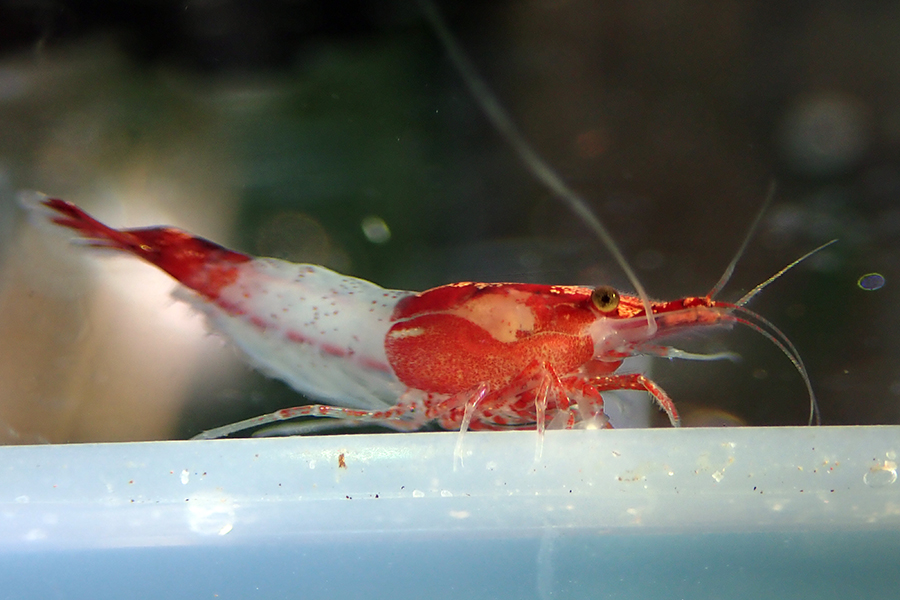Genomic sequencing and experimental tractability of a new decapod shrimp model Neocaridina denticulata.
The speciose Crustacea is the largest subphylum of arthropods on the planet after the Insecta. To date, however, the only publically available sequenced crustacean genome is that of the water flea, Daphnia pulex, a member of the Branchiopoda. While Daphnia is a well-established ecotoxicological model, previous study showed that one-third of genes contained in its genome are lineage-specific and could not be identified in any other metazoan genomes. To better understand the genomic evolution of crustaceans and arthropods, we have sequenced the genome of a novel shrimp model, Neocaridina denticulata, and tested its experimental malleability. A library of 170-bp nominal fragment size was constructed from DNA of a starved single adult and sequenced using the Illumina HiSeq2000 platform. Core eukaryotic genes, the mitochondrial genome, developmental patterning genes (such as Hox) and microRNA processing pathway genes are all present in this animal, suggesting it has not undergone massive genomic loss. Comparison with the published genome of Daphnia pulex has allowed us to reveal 3750 genes that are indeed specific to the lineage containing malacostracans and branchiopods, rather than Daphnia-specific (E-value: 10−6). We also show the experimental tractability of N. denticulata, which, together with the genomic resources presented here, make it an ideal model for a wide range of further aquacultural, developmental, ecotoxicological, food safety, genetic, hormonal, physiological and reproductive research, allowing better understanding of the evolution of crustaceans and other arthropods.
Reference
- ^Kenny NJ, ^Sin YW, Shen X, Qu Z, Wang W, Chan TF, Tobe SS, Shimeld SM, Chu KH, Hui JHL* (2014). Genomic sequencing and experimental tractability of a new decapod shrimp model Neocaridina denticulata. Marine Drugs, 12(3), pp. 1419-1437. (Link)







